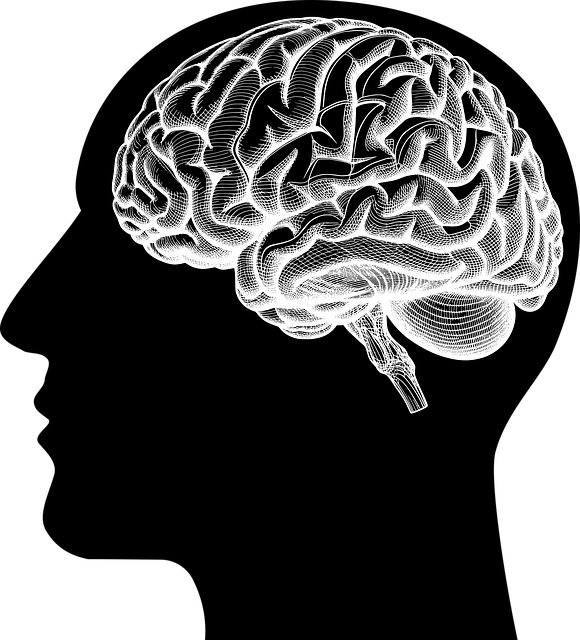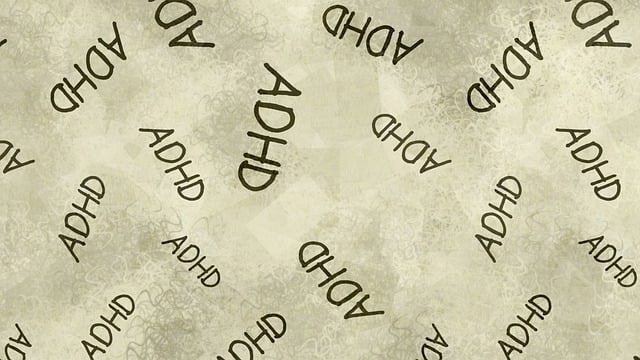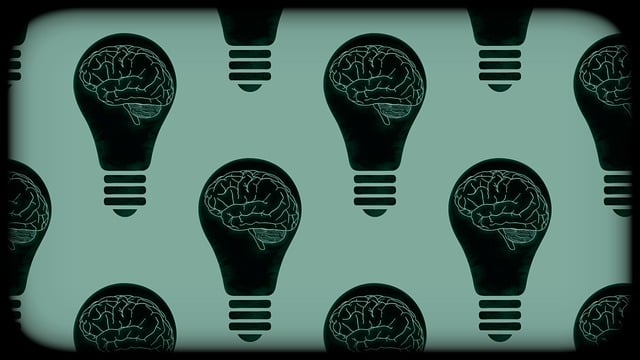Englewood's American Sign Language (ASL) Therapy initiatives address communication barriers for the deaf or hard-of-hearing community, empowering them through tailored mental wellness support. This approach involves training coaches to offer sign language classes, support groups, and one-on-one sessions, enhancing community engagement and inclusivity. Effective outreach requires understanding local needs, utilizing accessible communication methods, and collaborating with schools, centers, and providers. Strong partnerships maximize impact, ensuring culturally sensitive programs tailored to the deaf community's unique mental health challenges. Multi-faceted evaluation measures both qualitative and quantitative changes post-outreach, gauging long-term improvements in social interactions, stress management, and inclusivity.
Community outreach programs play a vital role in empowering underserved areas, and this article explores an innovative approach using Englewood American Sign Language (ASL) therapy. We delve into the process of understanding local needs, designing engaging programs, fostering community partnerships, and measuring success. By implementing these strategies, organizations can unlock communication barriers and create lasting positive change in neighborhoods like Englewood. This comprehensive guide offers valuable insights for maximizing outreach impact through ASL therapy.
- Understanding the Need: Unlocking Communication in Englewood Through ASL Therapy
- Designing an Effective Outreach Program: Strategies for Success
- Building Community Partnerships: Collaborating for Maximum Impact
- Measuring and Evaluating Results: Assessing the Benefits of ASL Outreach
Understanding the Need: Unlocking Communication in Englewood Through ASL Therapy

In Englewood, a vibrant community with diverse needs, understanding the local population’s unique challenges is key to effective community outreach. One such challenge lies in the realm of communication, particularly for individuals within the deaf or hard-of-hearing community who often face barriers in accessing vital services and support. This is where American Sign Language (ASL) therapy steps in as a powerful tool for empowerment and connection. By implementing ASL therapy programs, community outreach efforts can unlock doors to better engagement and understanding, fostering an environment of inclusivity.
Englewood’s American Sign Language Therapy initiatives aim to bridge the communication gap by training mental wellness coaches who can facilitate sign language classes, support groups, and one-on-one sessions. This tailored approach not only enhances communication but also promotes stress reduction methods, as effective communication is a cornerstone of mental wellness coaching programs development. By integrating ASL therapy into community outreach program implementation, Englewood can ensure that its services are accessible to all, fostering a stronger, more connected neighborhood where every voice is heard and valued.
Designing an Effective Outreach Program: Strategies for Success

Designing an effective outreach program requires a deep understanding of the community’s needs and cultural nuances. For organizations like Englewood American Sign Language Therapy, this might involve tailoring services to address specific challenges within the deaf or hard-of-hearing community. Engaging with local schools, community centers, and religious groups can help identify these needs. For instance, providing workshops on stress management, social skills training, and conflict resolution techniques could significantly enhance the well-being of individuals within this community.
Success lies in creating inclusive programs that foster participation and engagement. This could be achieved by utilizing accessible communication methods, such as sign language interpretation or written materials, ensuring events are held at convenient locations, and promoting flexibility in scheduling to accommodate various commitments. By implementing these strategies, Englewood American Sign Language Therapy can effectively reach out to the community it serves, fostering a deeper connection and positively impacting lives.
Building Community Partnerships: Collaborating for Maximum Impact

Building strong community partnerships is a key strategy for maximizing the impact of outreach programs, particularly when focusing on niche areas like Englewood American Sign Language Therapy. By collaborating with local organizations, schools, and mental health service providers, communities can create a network that addresses diverse needs. These partnerships enable the sharing of resources, expertise, and networks, fostering a more holistic approach to emotional regulation and mental health awareness among underserved populations.
For instance, integrating Englewood American Sign Language Therapy into existing community outreach initiatives can enhance mental health policy analysis and advocacy efforts. Collaborating with local advocates can help in understanding the unique challenges faced by the deaf and hard-of-hearing community, leading to more effective policies. Such partnerships not only improve access to critical services but also promote Mental Health Awareness, ensuring that programs are culturally sensitive and tailored to meet the specific needs of the community.
Measuring and Evaluating Results: Assessing the Benefits of ASL Outreach

Measuring and evaluating the outcomes of community outreach programs, such as Englewood American Sign Language (ASL) Therapy initiatives, is paramount to understanding their impact on the target population. This assessment goes beyond mere participation numbers; it delves into the qualitative and quantitative changes within the community. By utilizing various tools, like surveys, interviews, and behavioral observations, organizers can gauge the program’s effectiveness in promoting emotional intelligence and enhancing mental health education.
The benefits of ASL outreach extend far beyond language acquisition. These programs aim to foster coping skills development, improve communication, and create more inclusive environments. Evaluations should consider participants’ self-reported improvements in social interactions, stress management, and overall well-being. Tracking these changes over time allows for a comprehensive understanding of the program’s long-term sustainability and its potential to revolutionize mental health support within underserved communities.
Community outreach programs, especially those focusing on Englewood American Sign Language (ASL) therapy, play a pivotal role in fostering inclusivity and communication. By implementing strategies outlined in this article, such as understanding local needs, designing effective programs, building strong partnerships, and evaluating outcomes, we can significantly enhance access to ASL services. These efforts not only empower individuals in Englewood but also enrich the community as a whole, creating a more connected and supportive environment for all.














